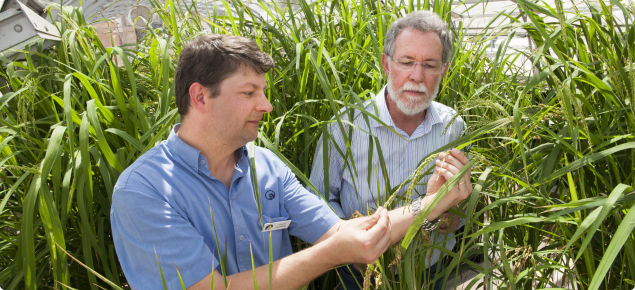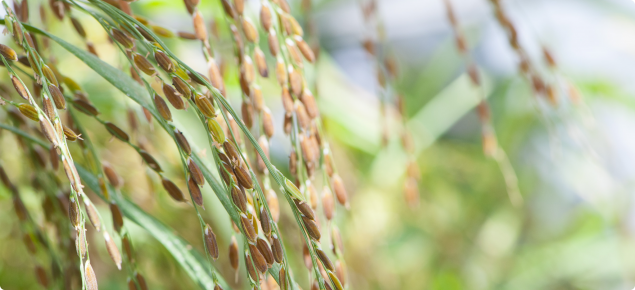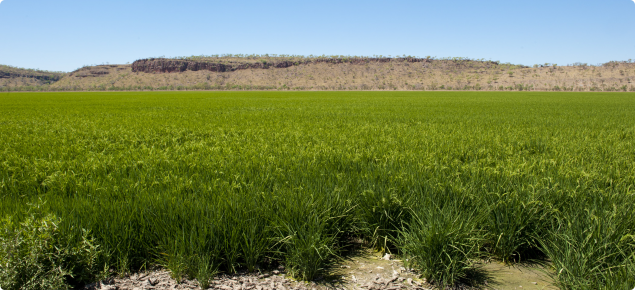Background
Rice blast (caused by the fungus Magnaporthe oryzae) is a very destructive disease of rice. To date the pathogen has been detected in Queensland, the Northern Territory and northern Western Australia but remains exotic to the main rice growing regions of south-eastern Australia.
The fungus evolves rapidly and many races of the pathogen have been reported across the globe. Identifying and mapping the distribution of rice blast races across Australia is a critical prerequisite to developing strategies for deploying existing resistant rice cultivars and for breeding new ones.
Aims of the project are to:
- Investigate the genetic diversity and the prevalence of the rice blast races present in Australia. Identifying and mapping the distribution of rice blast races across Australia, as this is a critical prerequisite step to develop strategies for deploying existing resistant rice cultivars and for breeding new ones. This project will also identify which races remain exotic to Australia and will investigate the role wild rice and weeds play in rice blast epidemics.
- Test the suitability of advanced Australian and International breeding lines and cultivars with known resistance genes against local rice blast races. This will lead to the establishment of a long-term and ongoing rice blast screening program, essential not only for Australian rice breeders to develop new cultivars with effective resistance(s) against changing pathogen populations, but also to allow specific resistances to be targeted to and matched against specific virulences in the pathogen populations in different regions.
- Develop measures to mitigate the risks of introducing rice blast into south-eastern Australia and moving races between WA, NT and QLD. This will lead to the development of a protocol to minimise the risk of moving rice blast races between different rice growing regions via contaminated seed, machinery, equipment and clothing pathways.
Project details
This is a three-year postdoctoral research project funded by the Rural Industries Research and Development Corporation (RIRDC).
Key personnel include:
- Dr Vincent Lanoiselet (DAFWA - Principal investigator)
- Prof. Martin Barbetti (The University of Western Australia)
- Dr Xiangling Fang (The University of Western Australia)
- Dr Peter Snell (Industry and Investment NSW).



